Moving Healthcare from Volume to Value: Are Bundled Payments Moving Us in the Right Direction?
- August 20, 2015
- Posted by: Health Care Payment Learning & Action Network
- Category: Blog
The Bundled Payment for Care Improvement (BPCI) demonstration models were introduced as one of the nearly 3 dozen innovation models to be tested and evaluated by the Centers for Medicare and Medicaid Innovation (CMMI). The general concept is to “bundle” the payment for all of the patient care services by various providers over an episode of illness. This concept should seem somewhat familiar to you. It might be easier to think about if you conceive of a bundle as just a bigger version of the Diagnosis-Related Group (DRG) we already know. Currently, hospitals receive a single, prospectively determined, dollar amount for all the services they provide during an inpatient stay, based primarily on diagnosis that brought the patient to the hospital. The new bundled payments will work in a similar manner. Medicare appears to be moving toward a single predetermined bundled payment amount that includes all the services provided during the 3 days prior to hospitalization, all the services provided at the hospital, and all the services provided for up to 90 days post-discharge from the hospital. It’s like a “super” DRG – a single all-inclusive payment for the full episode of illness, rather than just the geometric mean length of stay associated with an inpatient stay.
Until last month, there were only four basic Bundled Payment Models approved for testing, they included:
- Model 1: Acute Hospital + Physician Services (Retrospective Payment)
- Model 2: Acute Hospital + Physician Services + Post-Acute Providers + Outpatient Services
- Model 3: Post-Acute Providers + Physician Services + Outpatient Servicesth
- Model 4: Acute Hospital + Physician Services (Prospective Payment)
In July 2015, CMS introduced an additional Bundle Payment Model. CMS issued a Proposed Rule for public comment with a description of a new “mandatory” bundled payment model developed specifically for lower extremity joint replacement cases (MS-DRGs 469 & 470) called the Comprehensive Care for Joint Replacement. You are sure to learn more about this in the very near future, so I will not address it in this post.
I believe there are many potential benefits associated with the experimentation of bundle payment models; chief among these is the enhanced coordination of multiple providers across the continuum of care, each of whom will now be more concerned about what happens to a patient once the patient leaves their particular setting – less emphasis on the “silos of care”. If implemented as planned, we should hope to see a true transformation in the way healthcare providers work together to deliver care to their patients. We should see a greater degree of the communication among providers, seamless handoffs of treatment plans and mutually established clinical and functional goals that would go with the patient from setting to setting, shared root cause analyses to discover and correct the underlying factors that lead to excessive readmission rates, and greater sharing of quality and outcome metrics among the various providers. In my opinion… all of this is really good stuff!
Now that we have had time to gain some actual experience with bundles, we might want to ask ourselves whether they are advancing the larger, longer-range goal of moving from volume to value. Bundles represent an initial learning opportunity on a much longer path. Providers for the first time will focus on the longer time horizon covering the full episode of the illness. In addition to the benefits mentioned above, they might also learn about sharing financial risks and rewards. Providers should openly accept the opportunities and challenges presented while experimenting with bundle payments – learning what works, as well as what does not work so well. However, bundle payments may not be an end in and of themselves. I view them as a transitional step, a way to get providers, payers and patients ready for the more expansive alternative payment models that will surely follow.
Let me explain my thinking on this…
By definition, BPCI requires a short-term acute care hospital inpatient stay to initiate each bundled payment. Given this, hospitals may very well choose to maintain their current approach to revenue generation, believing that more bundles are better – incentivizing some hospital CEOs and CFOs to stay focused on increasing inpatient volumes and capturing more market share from their competitors. Lofty ideas about managing population health, increasing the focus on prevention and wellness, developing systems and processes to maintain the health of patients with multiple co-morbid chronic conditions to avoid exacerbations that might require hospitalization, etc. are not relevant in the BPCI world. The unintended effect of implementing BPCI in the short-term is that some acute care hospitals may pursue higher inpatient hospital utilization, not less!
Therefore, I would encourage everyone to utilize the BPCI demonstration projects to test the water in longitudinal care, but recognize it is a short-term bundle. Let us learn everything we can about designing an optimal plan of care for our patients that covers the full course of care over of a longer 90+-day episode of illness. Apply everything we can learn about better communication and coordination among all the various levels of care; greater involvement of patients and families in the care decisions; develop meaningful indicators of quality, both from the standpoint of clinical outcomes as well as measures based on patient reported outcomes; and learn as much as we can about managing financial risks. There should be no question that the move from traditional Fee-for-Service reimbursement to Bundled Payment for an episode of illness represents both a significant and dramatic change. However, once we feel comfortable having adapted to some of these more fundamental building blocks essential to virtually all alternative payment models, we should keep our eyes focused on the future… a future where the financial incentives in healthcare truly foster delivering greater value and not, even unintentionally, greater volume.
Please note that guest blogs from Guiding Committee and Work Group members represent the views of the individual authors and do not represent official positions of the Guiding Committee, Work Groups, CAMH, or CMS.

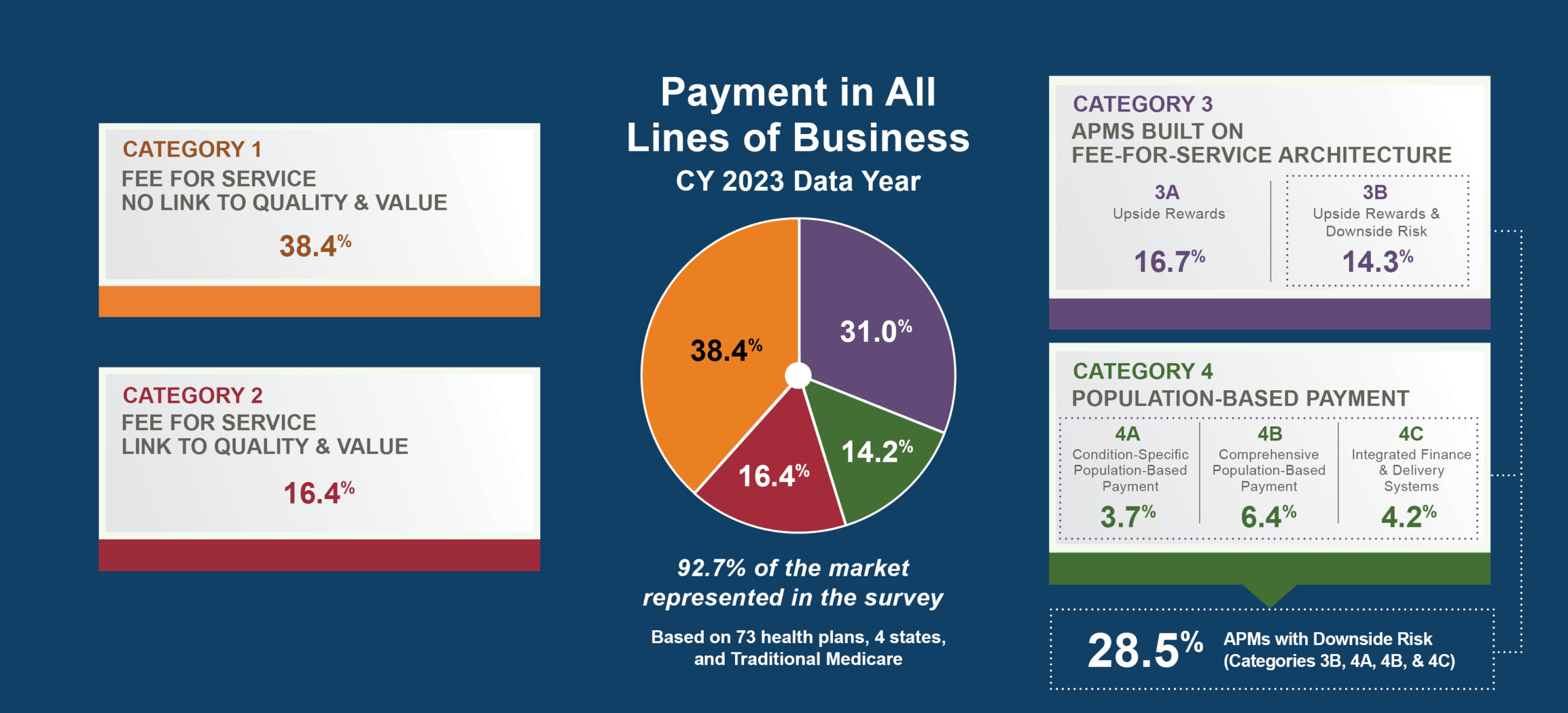

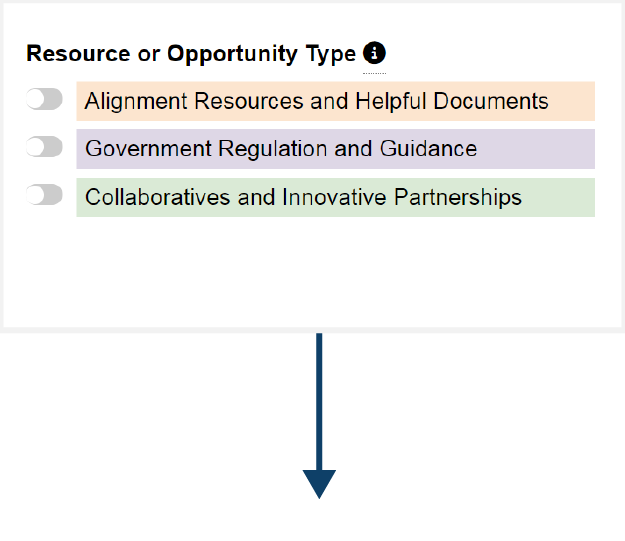
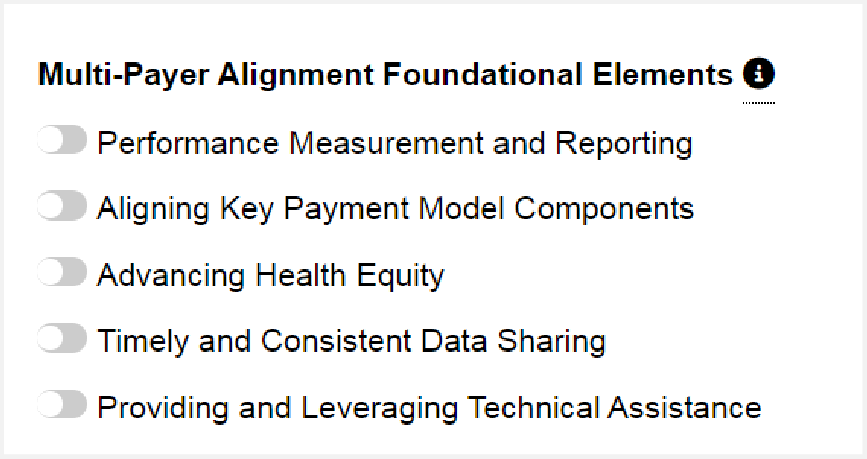




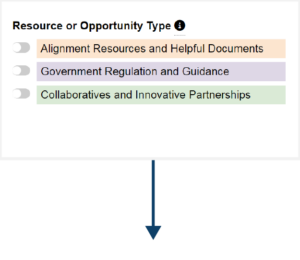

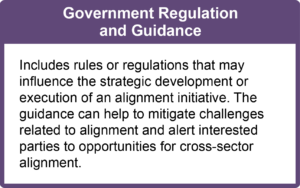
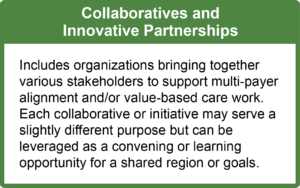
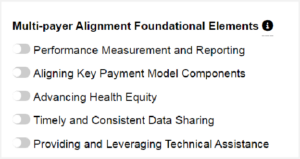




 Emily DuHamel Brower, M.B.A., is senior vice president of clinical integration and physician services for Trinity Health. Emphasizing clinical integration and payment model transformation, Ms. Brower provides strategic direction related to the evolving accountable healthcare environment with strong results. Her team is currently accountable for $10.4B of medical expense for 1.6M lives in Medicare Accountable Care Organizations (ACOs), Medicare Advantage, and Medicaid and Commercial Alternative Payment Models.
Emily DuHamel Brower, M.B.A., is senior vice president of clinical integration and physician services for Trinity Health. Emphasizing clinical integration and payment model transformation, Ms. Brower provides strategic direction related to the evolving accountable healthcare environment with strong results. Her team is currently accountable for $10.4B of medical expense for 1.6M lives in Medicare Accountable Care Organizations (ACOs), Medicare Advantage, and Medicaid and Commercial Alternative Payment Models. Mr. James Sinkoff is the Deputy Executive Officer and Chief Financial Officer for Sun River Health (formerly known as Hudson River HealthCare), and the Chief Executive Officer of Solutions 4 Community Health (S4CH); an MSO serving FQHCs and private physician practices.
Mr. James Sinkoff is the Deputy Executive Officer and Chief Financial Officer for Sun River Health (formerly known as Hudson River HealthCare), and the Chief Executive Officer of Solutions 4 Community Health (S4CH); an MSO serving FQHCs and private physician practices. Victor is the Chief Medical Officer for TennCare, Tennessee’s Medicaid Agency. At TennCare, Victor leads the medical office to ensure quality and effective delivery of medical, pharmacy, and dental services to its members. He also leads TennCare’s opioid epidemic strategy, social determinants of health, and practice transformation initiatives across the agency. Prior to joining TennCare, Victor worked at Evolent Health supporting value-based population health care delivery. In 2013, Victor served as a White House Fellow to the Secretary of Health and Human Services. Victor completed his Internal Medicine Residency at Emory University still practices clinically as an internist in the Veteran’s Affairs Health System.
Victor is the Chief Medical Officer for TennCare, Tennessee’s Medicaid Agency. At TennCare, Victor leads the medical office to ensure quality and effective delivery of medical, pharmacy, and dental services to its members. He also leads TennCare’s opioid epidemic strategy, social determinants of health, and practice transformation initiatives across the agency. Prior to joining TennCare, Victor worked at Evolent Health supporting value-based population health care delivery. In 2013, Victor served as a White House Fellow to the Secretary of Health and Human Services. Victor completed his Internal Medicine Residency at Emory University still practices clinically as an internist in the Veteran’s Affairs Health System. Dr. Brandon G. Wilson, DrPH, MHA (he, him, his) joined Community Catalyst as the Director of the Center for Consumer Engagement in Health Innovation, where he leads the Center in bringing the community’s experience to the forefront of health systems transformation and health reform efforts, in order to deliver better care, better value and better health for every community, particularly vulnerable and historically underserved populations. The Center works directly with community advocates around the country to increase the skills and power they have to establish an effective voice at all levels of the health care system. The Center collaborates with innovative health plans, hospitals and providers to incorporate communities and their lived experience into the design of systems of care. The Center also works with state and federal policymakers to spur change that makes the health system more responsive to communities. And it provides consulting services to health plans, provider groups and other health care organizations to help them create meaningful structures for engagement with their communities.
Dr. Brandon G. Wilson, DrPH, MHA (he, him, his) joined Community Catalyst as the Director of the Center for Consumer Engagement in Health Innovation, where he leads the Center in bringing the community’s experience to the forefront of health systems transformation and health reform efforts, in order to deliver better care, better value and better health for every community, particularly vulnerable and historically underserved populations. The Center works directly with community advocates around the country to increase the skills and power they have to establish an effective voice at all levels of the health care system. The Center collaborates with innovative health plans, hospitals and providers to incorporate communities and their lived experience into the design of systems of care. The Center also works with state and federal policymakers to spur change that makes the health system more responsive to communities. And it provides consulting services to health plans, provider groups and other health care organizations to help them create meaningful structures for engagement with their communities. Tamara Ward is the SVP of Insurance Business Operations at Oscar Health, where she leads the National Network Contracting Strategy and Market Expansion & Readiness. Prior to Oscar she served as VP of Managed Care & Network Operations at TriHealth in Southwest Ohio. With over 15 years of progressive health care experience, she has been instrumental driving collaborative payer provider strategies, improving insurance operations, and building high value networks through her various roles with UHC and other large provider health systems. Her breadth and depth of experience and interest-based approach has allowed her to have success solving some of the most complex issues our industry faces today. Tam is passionate about driving change for marginalized communities, developing Oscar’s Culturally Competent Care Program- reducing healthcare disparities and improving access for the underserved population. Tamara holds a B.A. from the University of Cincinnati’s and M.B.A from Miami University.
Tamara Ward is the SVP of Insurance Business Operations at Oscar Health, where she leads the National Network Contracting Strategy and Market Expansion & Readiness. Prior to Oscar she served as VP of Managed Care & Network Operations at TriHealth in Southwest Ohio. With over 15 years of progressive health care experience, she has been instrumental driving collaborative payer provider strategies, improving insurance operations, and building high value networks through her various roles with UHC and other large provider health systems. Her breadth and depth of experience and interest-based approach has allowed her to have success solving some of the most complex issues our industry faces today. Tam is passionate about driving change for marginalized communities, developing Oscar’s Culturally Competent Care Program- reducing healthcare disparities and improving access for the underserved population. Tamara holds a B.A. from the University of Cincinnati’s and M.B.A from Miami University.


 Dr. Peter Walsh joined the Colorado Department of Health Care Policy and Financing as the Chief Medical Officer on December 1, 2020. Prior to joining HCPF, Dr. Walsh served as a Hospital Field Representative/Surveyor at the Joint Commission, headquartered in Oakbrook Terrace, Illinois.
Dr. Peter Walsh joined the Colorado Department of Health Care Policy and Financing as the Chief Medical Officer on December 1, 2020. Prior to joining HCPF, Dr. Walsh served as a Hospital Field Representative/Surveyor at the Joint Commission, headquartered in Oakbrook Terrace, Illinois.








